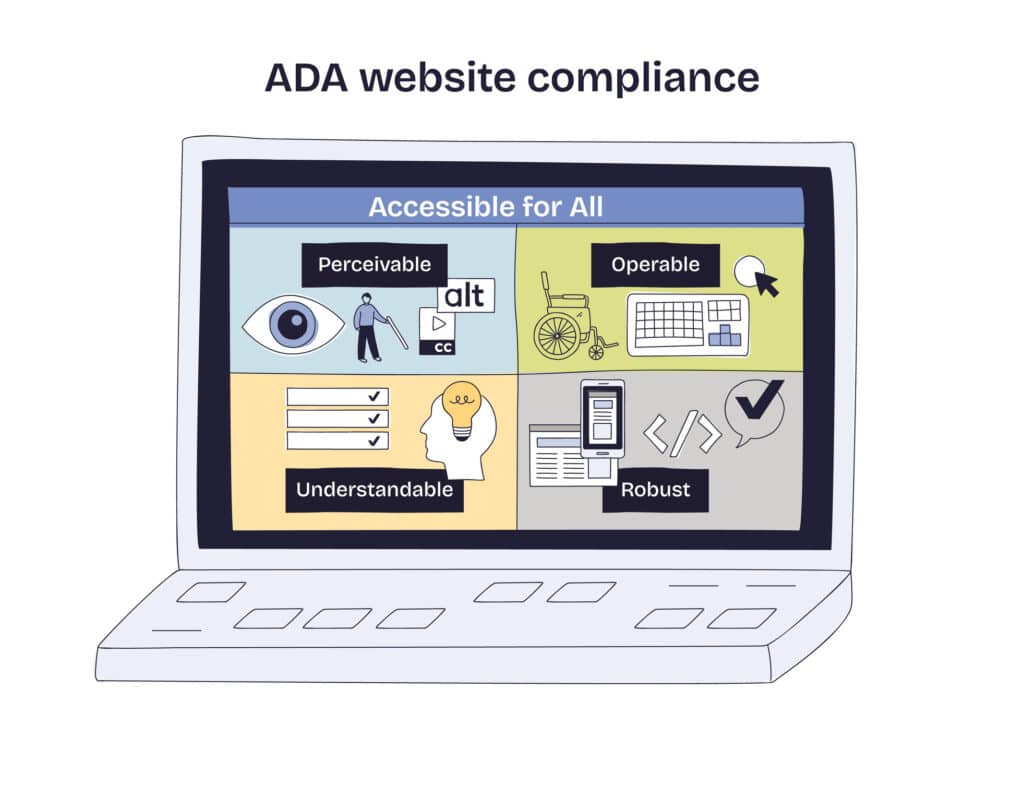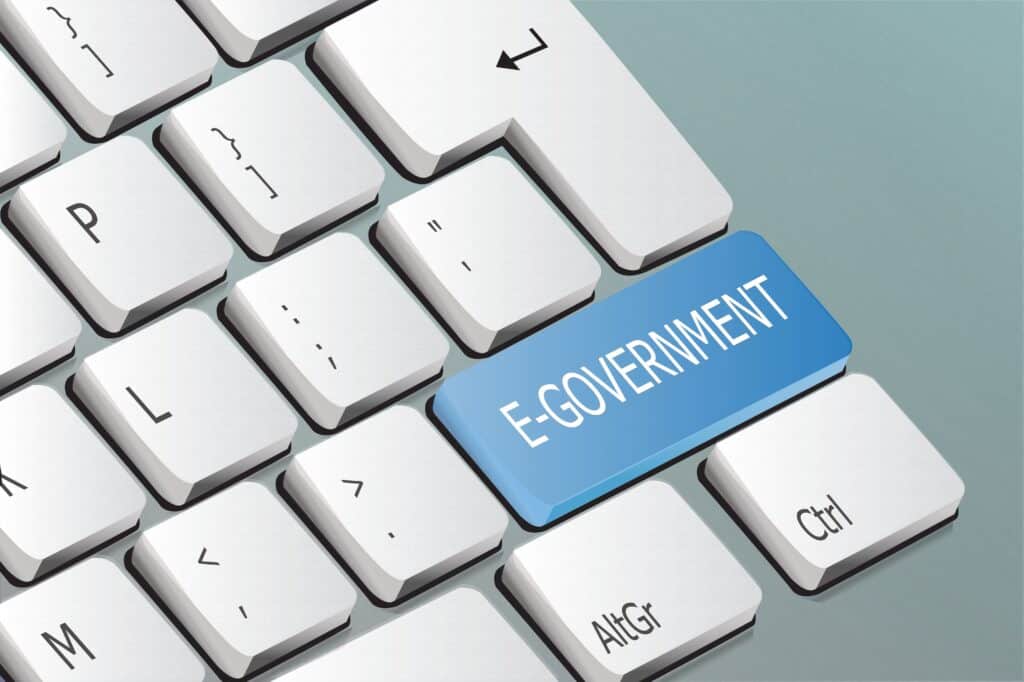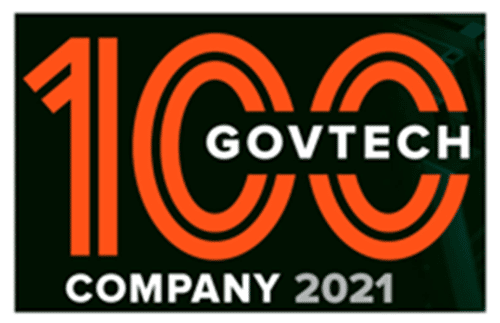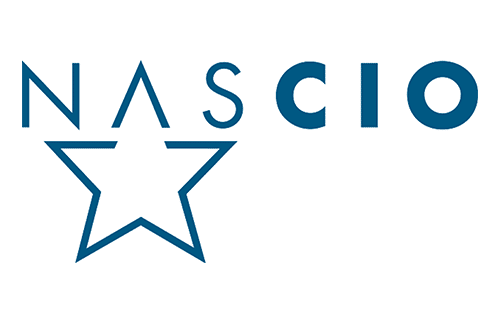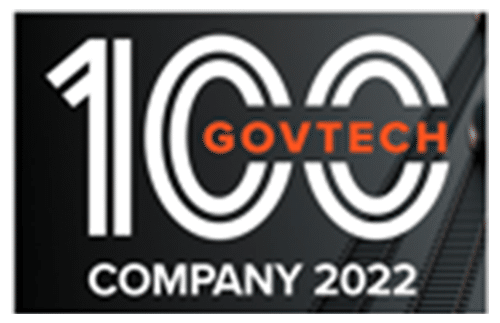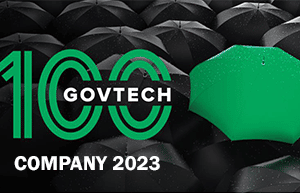DMVs have evolved significantly over the last decade. Previously, the DMV experience was synonymous with long queues and frustration, often requiring drivers to allocate half or even a full day for their visit.
Today, DMVs are increasingly focused on serving constituents more effectively, striving to simplify interactions to every extent a large state agency can.
From the consumer perspective, integrated digital form and workflow automation solutions are providing a host of conveniences, a term seldom associated with DMVs in the past. Behind the scenes, the digitization of core processes is making employees more efficient, while making interactions much more convenient for the public.
The days of DMVs being behind the curve in delivering modern experiences are in the rearview mirror.
Creating Conveniences for Drivers
This major shift has been underway for several years, beginning with the elimination of the great paper chase. Instead of trying to identify the right motor vehicle permit or license, printing the corresponding form, and submitting the completed application in person, progressive DMVs are making the entire process self-service and routine transactions virtual.
The introduction of customizable digital forms for DMV services is a key enabler of this change. Simply making these forms available and submittable online is saving residents time and stress by reducing the need for in-person visits.
For example, Motor Carrier Permits are a lifeline for drivers who operate commercial vehicles. By implementing an online, automated motor carrier permit renewal system with third-party robotic process automation (RPA), California commercial drivers can renew and pay for their permits without losing a day of pay. In addition to presenting forms in a logical and organized format, an electronic application can use configurable logic to present relevant questions based on previous answers. Therefore, applicants seeking licenses to drive anything from hazardous materials, commercial vehicles, or motorcycles to a basic sedan will see a different set of questions once they select the type of license they are applying for. This eliminates the risk of submitting the wrong information or the wrong form. Furthermore, the intuitive presentation of questions and document requirements improves engagement rates.
Furthermore, the ability to translate DMV forms into multiple languages makes them accessible to a wider group of citizens. As state agencies continue to enact laws and policies to better meet the needs of underserved residents, accessibility for residents with limited English proficiency remains an important element of inclusivity and equity.
System Integrations Further Enhance DMV Services
By integrating forms and workflows with databases of driver records, payment systems, and other data sources, the entire application process can be conducted remotely from start to finish. Furthermore, by integrating with third-party fulfillment centers, citizens can access a variety of services online, including clean-air vehicle decals and disabled placards. Extend integrations to partner organizations, and suddenly insurance companies and roadside assistance vendors can help drivers comply with the law and report accidents directly into the DMV’s system.
Put Employees in the Driver’s Seat
The benefits that modern form and workflow tools deliver to residents are evident. Likewise, they have significant impact on DMV employees in ways customers can’t see. The aforementioned integrations, coupled with bot technology, shaves as much as 20 minutes in staff time manually validating applicants’ records and inputting data into agency databases per application. (Eliminating smudges and bad handwriting alone spares employees hours of delay over the course of a year.)
Additionally, built-in rules can identify and flag exceptions immediately upon discovery of discrepancies and errors. Without the burden of data entry, employees can focus on resolving issues where human intervention is a necessity. These exceptions translate into reportable data that identifies trends and bottlenecks within a process. These issues can then be evaluated for further quality improvements. Issues that reoccur continually may be rectified with an even more granular workflow. For instance, processes can be set up for resolving payment issues or adding second residencies.
The Road to HR Modernization
Digital forms and workflow automation can transform DMVs beyond their core business. Large agencies of all types often have extensive, inefficient manual and siloed processes in place. In many cases, simple activities can require multiple approvers. For example, new job postings might require input and approvals from several stakeholders beyond HR in a large state agency like a DMV. A digital workflow can transform e-recruitment by facilitating the review process and giving it structure. It can also automatically publish finalized job descriptions to the DMV’s or state’s website upon final approval.
DMVs can modernize their HR operations by automating repetitive, manual processes. For example, the job application process is ripe for streamlining; DMVs cannot afford to move slowly when competing for talent with private-sector employers. Likewise, performance reviews are expedited by a systematic review chain with autogenerated email alerts and preset deadlines for reviewers, and dashboards are readily accessible to check current status. In addition, when a decision to promote, dismiss, or reassign an employee is made, DMVs can facilitate these changes with an automated Request for Personnel Action (RPA) process.
On the Money: Automating DMV Financial Transactions
Automation for financial transactions can simplify the handling of documents and outlays. Procurement process automation can remove red tape by streamlining the management of contracts and payments associated with office supplies, software platforms, talent firms, and other vendors. Employees also benefit from faster reimbursement for work expenses.
There are no limits to building strategies that improve legacy processes. In fact, some of the best suggestions for improvement come from users who are deeply familiar with processes and procedures. To foster innovation, employees should be empowered to propose new projects or workflows beyond what managers might envision.
A Turn for the Better
Citizens all across the country have been clamoring for modern DMV services for years. Now, they are starting to enjoy the 24/7 self-service accessibility and easy form navigation that have been embedded into the DMV customer service experience.
Employees can make customers even happier by extracting the routine, mundane, and repetitive duties from their day and applying that newfound extra time to resolving more complicated scenarios. Agencies themselves can save countless hours and money executing a host of business processes more quickly, efficiently, and effectively.
DMVs are making the turn into a new digital neighborhood—and arriving at agency modernization.
Explore the Full DMV Solution
Want to see how our platform supports every facet of DMV & transportation services? Explore our DMVs and Public Transportation solution page.




